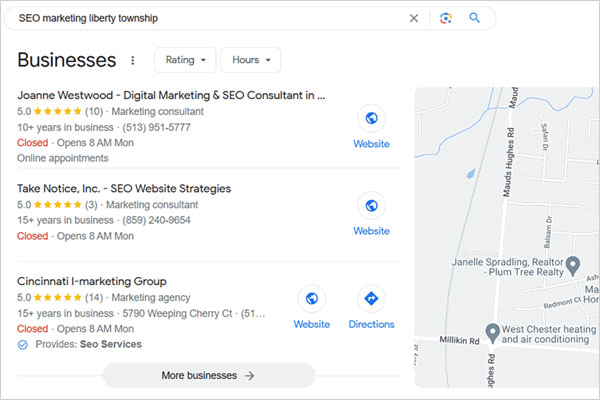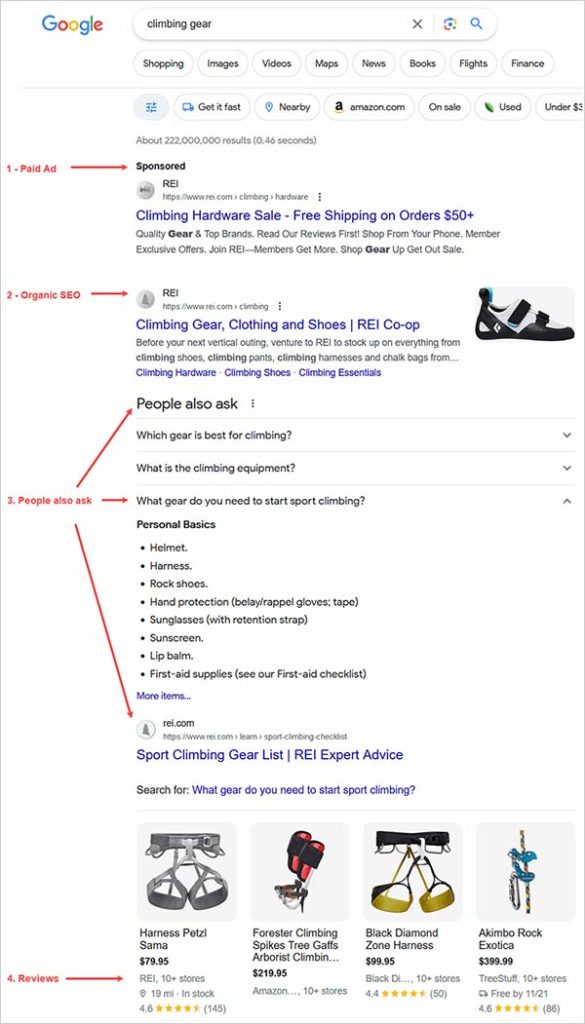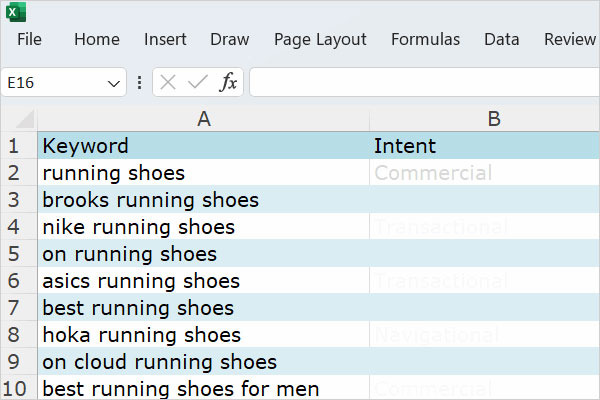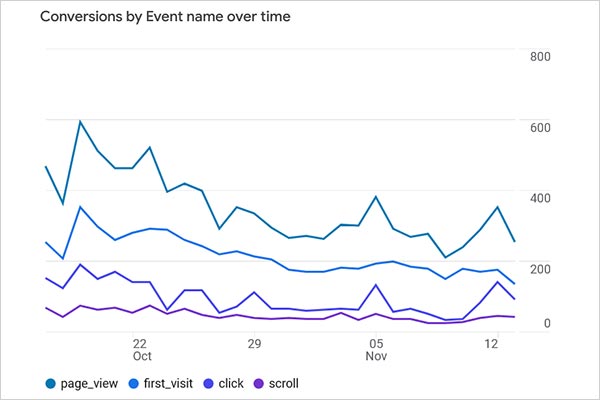As a seasoned professional in this field, I can confidently claim that website management is the bedrock of a successful Search Engine Optimization (SEO) strategy. By maintaining a healthy, secure, and user-friendly website, you enhance your website’s appeal to search engines and users alike, potentially leading to improved ranking and visibility.
This document highlights the critical role of website management in achieving strong SEO results. It highlights key areas where effective management practices directly impact search engine ranking and visibility.
Key benefits of effective website management for SEO

Maintaining a Healthy Website
- Technical SEO: Regular maintenance ensures smooth website function, adhering to technical SEO best practices (e.g., fixing broken links, optimizing images). This fosters a positive user experience, a crucial factor in search engine ranking.
- Security and Updates: Regular software updates and security checks safeguard your website from vulnerabilities and maintain adherence to the latest security standards. Search engines favor secure websites for user protection.
Content Freshness and Relevance
- Regular Content Creation: Consistent creation and maintenance of fresh, relevant content demonstrates website activity and valuable information provision to users. Search engines tend to rank websites with frequently updated, high-quality content higher in search results.
- Adaptability: Staying informed about evolving search engine algorithms allows for website and content strategy adjustments to maintain good ranking positions.
User Experience (UX) Optimization
- Website Speed and Usability: Management ensures website speed and ease of navigation, enhancing user experience and contributing to SEO—factors like website speed and mobile-friendliness influence search engine ranking.
- Engaging Content and User Interaction: Well-managed websites typically feature engaging, informative content that encourages user interaction (e.g., comments and social media sharing). This positive user engagement can positively impact SEO.
Conclusion:
Effective website management is an ongoing process critical to SEO performance. Maintaining a healthy, secure, and user-friendly website with high-quality, relevant content can significantly improve your SEO strategy.






